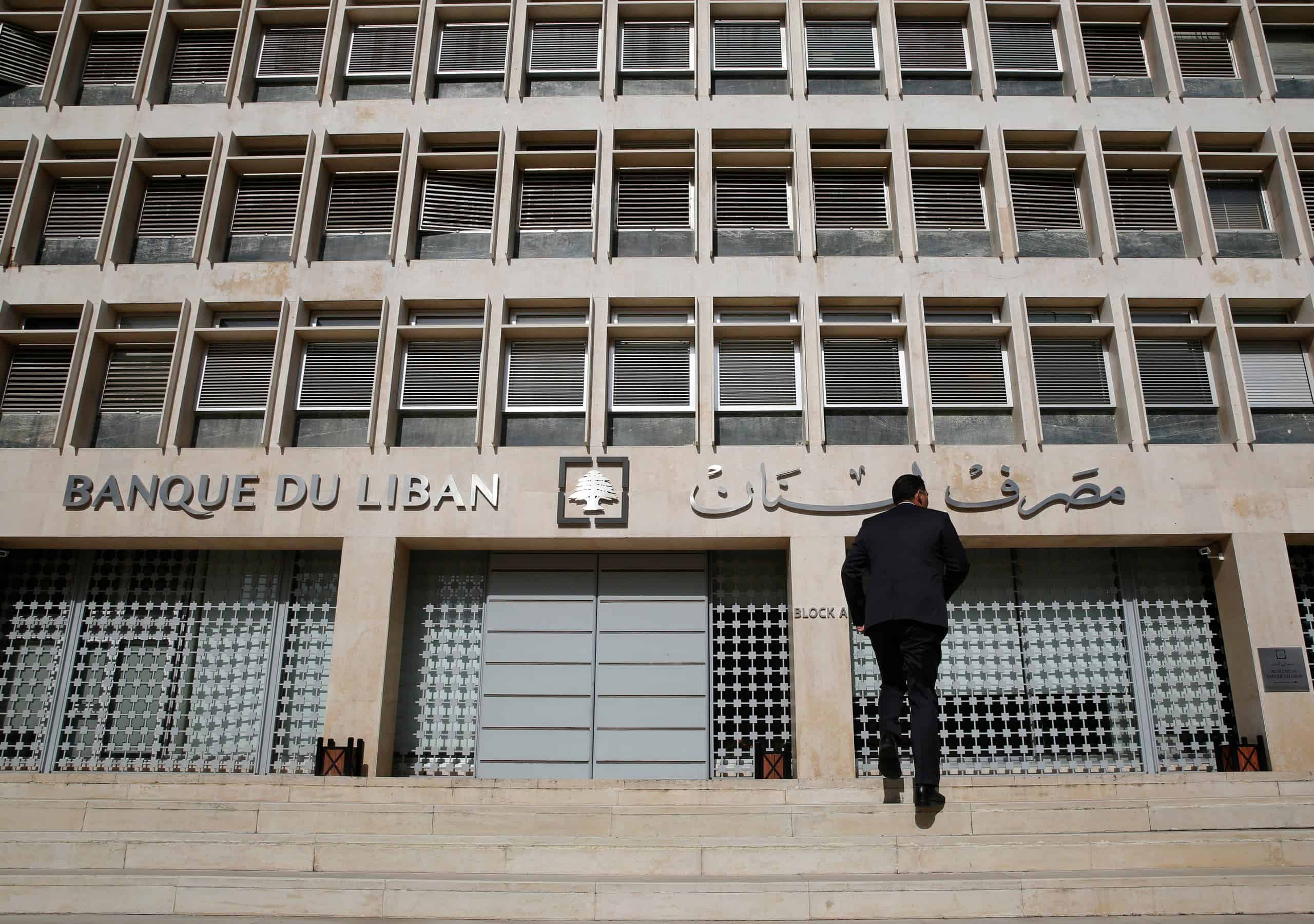Lebanon, which is facing one of the sharpest depressions of modern times, has been assailed by compounded crises. The country that spent almost 30 years slowly recovering from a 1975-90 civil war is facing worse kind of financial and political meltdown, poverty, unemployment and inflation. Fuel shortages have further ignited country-wide security incidents.
Amidst all this, some of the data examined by TRENDS point to a US$7-billion scam involving the country’s central bank and the powerful individuals. Apparently, the poor and weak policies of Banque du Liban (BDL) helped create a “Ponzi” scheme involving Eurobonds.
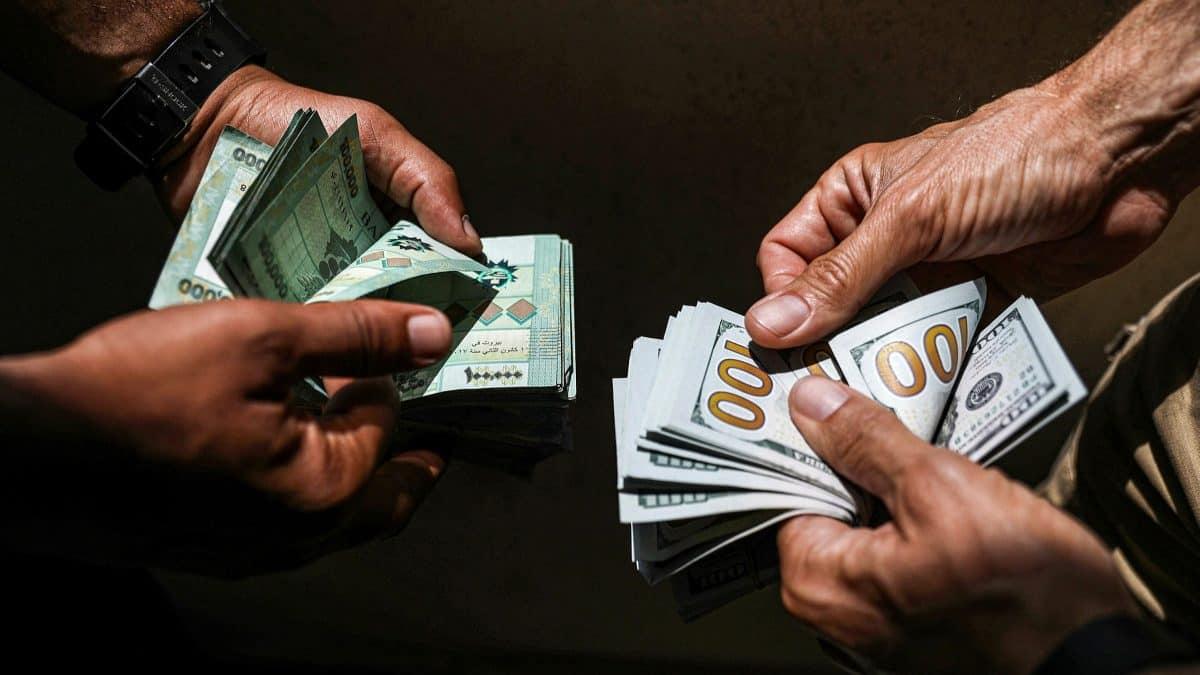
While the government was getting loans in the US dollars and this created enormous deficit in absence of an income, the BDL decided to keep buying Eurobonds to pay for Eurobonds bought earlier, creating a Ponzi scheme. A Beirut-based analyst, who wished not to be named, said that when banks stopped buying Eurobonds, the Lebanese central bank came up with the financial engineering plan which created a Ponzi scheme, yet again. The BDL statements suggest that a large amount of money was transferred from the bank accounts of highly influential Lebanese to international banks in Europe and the US through BDL at a time when the country was not only witnessing an unprecedented economic crisis, but common people were barred from withdrawing cash in the country creating a furore and a deep sense of inequality among the Lebanese people.
Also Read: Hyperinflation imminent in Lebanon: Nasser Saidi
The latest findings by TRENDS may help in finding out why Lebanon defaulted on its massive pile of public debt in March 2020, including $31 billion of Eurobonds that remain outstanding to creditors.
In its bid to get loans to resolve the economic and financial crises in the country, the Najib Mikati’s government is holding talks with the International Monetary Fund and the international community. However, there are many issues and files that the current regime has not shown interest in. One of them is the stolen money, which apparently the elites and BDL are trying to cover up with the assistance of international and local investors, mainly the commercial banks.
While the government was getting loans in the US dollars that created enormous deficit in absence of an income, the BDL decided to keep buying Eurobonds to pay for Eurobonds bought earlier creating a Ponzi scheme.
The BDL performance
According to Banque Du Liban numbers from the last years, foreign currency reserves have dropped to around US$14.2 billion, accounting for 14 percent of deposit reserves.
Also Read: Lebanon is failing its people, says UN envoy
Sources from the industry told TRENDS that before 2018, the figures from the Lebanese Central Bank were still favorable, but not as good compared to 2002. However, the numbers changed to negative after that, particularly when US$3 billion to US$7 billion had been transferred out of Lebanon through the central bank in 2020. Interestingly, the BDL had tried to attract more foreign currencies into the country starting 2017 by offering 6 percent interest on deposits, knowing well that the interest on Eurobonds was higher,” they said.
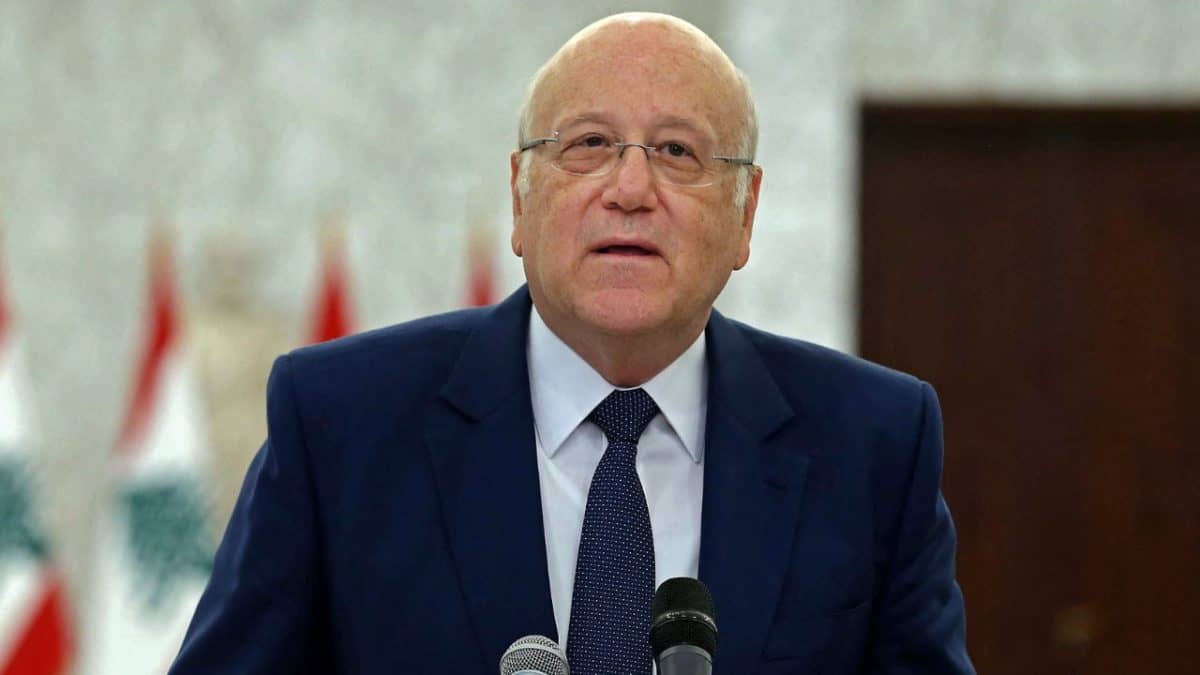
However, the Central Bank provided depositors with a “guaranteed” return via a financial engineering framework. The Central Bank used to grant loans in LBP at 2 percent, and the same funds were deposited back with the Central Bank at a much higher interest rate (starting at 5 percent and reaching 9 percent in some cases). As a result, the commercial banks agreed to be part of the game as profits for these banks and some elite clients were tremendous.
Again, Banque du Liban offered very high interest rates on new dollar deposits despite receiving meager gains in dollars, which led to huge losses on these deposits. External auditors explained that BDL started to pay high yields to attract funds onto its balance sheet through CDs. The interest rate gap was compensated on BDL balance sheet by an item called “Other Assets” which was in fact a creation of LBP at an exchange rate of 1,507.5 which were considered as Seigniorage. Moreover, the BDL did all this without much transparency.
Trying to cover the financial crisis in 2020 and to import foreign currencies to pay its debts, the Lebanese government started issuing new Eurobonds (first Eurobonds were issued in 2000) to collect debts in foreign currency, even as the government was recording recurrent deficits and could never pay back its debt.
Trying to cover the financial crisis in 2020 and to import foreign currencies to pay its debts, the Lebanese government started issuing new Eurobonds (first Eurobonds were issued in 2000) to collect debts in foreign currency, even as the government was recording recurrent deficits and could never pay back its debt. Therefore, one Eurobond was issued after another Eurobond to pay the capital and yields, creating a Ponzi scheme. Ultimately, the Lebanese pounds dropped massively. People could not withdraw money from their bank accounts. And the country now requires foreign currencies to pay its debts and provide food and fuel to its citizens.
Also Read: Lebanon currency nosedives after central bank move
Beside the Ponzi Scheme, the stolen money is another important concern as the BDL was also directly involved in it. The question is how will this money be brought back and who is to blame?
Money cannot be tracked
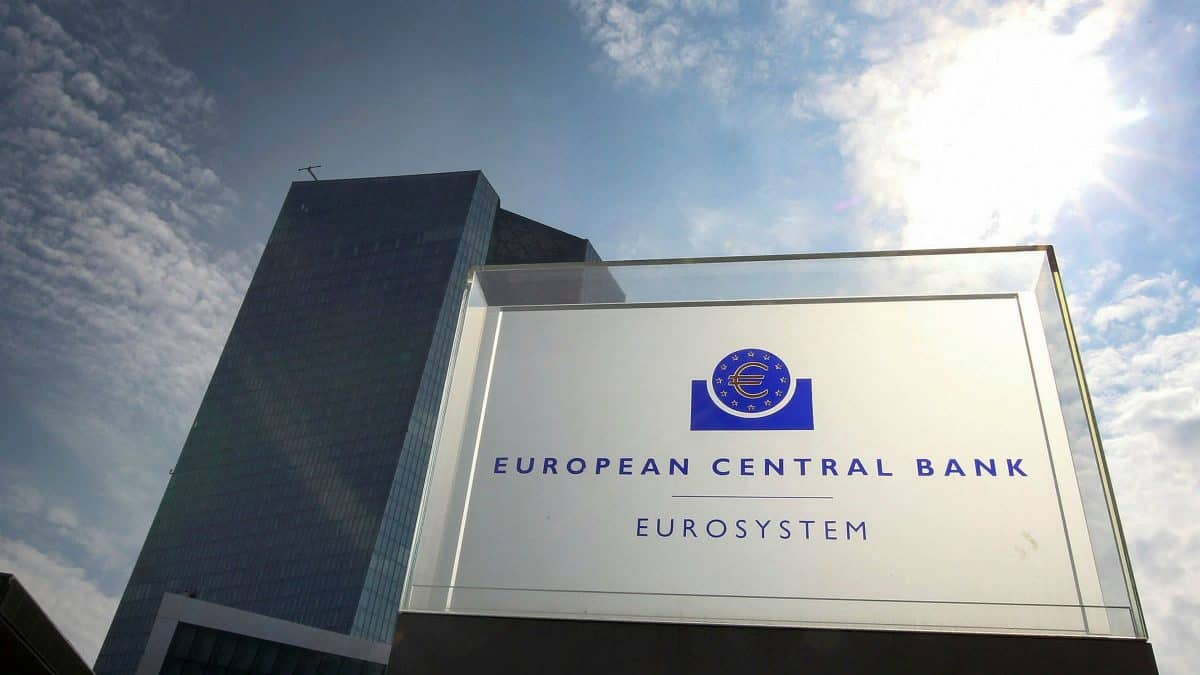
TRENDS contacted several international entities to get more information about the missing US$ 7 billion. Europe Central Bank (ECB) refused to disclose any information on individual banks. It explained that within the EU, commercial banks and other entities are required to perform due diligence over their clients and monitor their transactions for suspicions of money laundering or financing of terrorism and report it to the relevant national authority (financial intelligence unit). “These obligations are set out in national laws on anti-money laundering (AML) and countering the financing of terrorism (CFT) which are based on the EU anti-money laundering Directive (Directive (EU) 2015/849),” it said.
Also Read: Didn’t reject 2016 IMF report: Lebanon central bank chief
The ECB also clarified that its tasks exclude assessing banks’ compliance with legislation on anti-money laundering, and ECB is not in charge of countering the financing of terrorism nor collecting and analyzing suspicious transactions as it is the role of financial intelligence units. But its supervisory tasks focus on prudential supervision of credit institutions.
“However, it should be noted that in all cases ECB needs to consider the concerns related to both activities and factor them in prudential supervision, which means that in case the two activities were identified, accused entities’ implications can be factored in ECB supervisory processes, like the ordinary supervisory exercise the ECB conducts every year on all its directly supervised banks, which is called Supervisory Review and Evaluation Process, or SREP,” the top European bank said.
Beside the Ponzi Scheme, the stolen money is another important concern as the BDL was also directly involved in it. The question is how will this money be brought back and who is to blame?
Switzerland national bank also clarified to TRENDS that it has no legal mandate as a law enforcement agency, and such information that can relate to money laundering can be only obtained from the Money Laundering Reporting Office.
Also Read: Here’s how much Lebanon depends on GCC
The Federal Office of Justice in Switzerland referred the request about the missed US$ 7 billion in 2020, to the Office of the Attorney General in Switzerland, that previously sent a request for mutual legal assistance to the competent authorities in Lebanon. OAG clarified to TRENDS: “The Office of the Attorney General of Switzerland (OAG) can confirm that it is conducting a criminal investigation into suspicions of aggravated money laundering (Article 305bis para. 2 Swiss Criminal Code) related alleged embezzlement offences to the detriment of the Banque du Liban. As part of this investigation, the OAG has sent through official channels a request for mutual legal assistance to the competent authorities in Lebanon. The OAG is unable to comment any further on the proceedings at present”.
No reform in sight
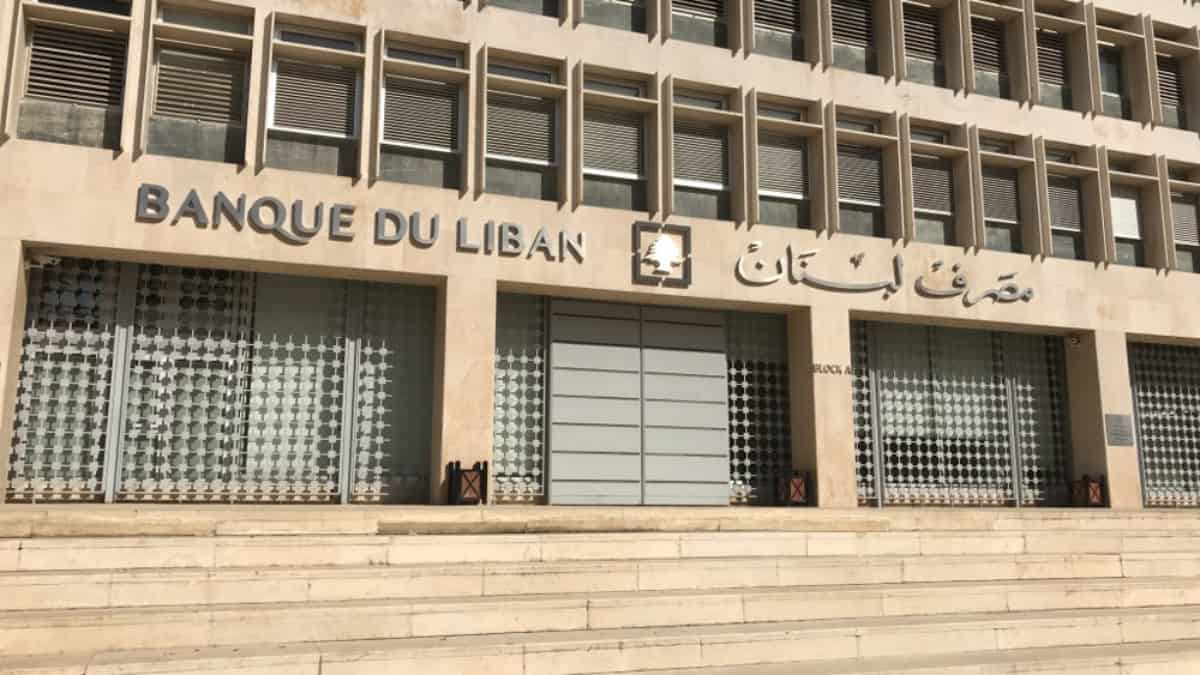
Through the years, Banque Du Liban has embraced many suspicious monetary policies, including stabilizing the exchange rate of the LBP against the USD and opening its hands to help the wealthy elite in Lebanon transfer their money when they saw the danger coming.
Even though the Lebanese economy is considered free and such transactions can be regarded as legal; the problem lies in the implementation, which was discrete and only allowed a small number of people to transfer their money in large amounts.
This is not the first time. Banque du Liban has apparently long guarded the interests of politicians and wealthy businessmen by utilizing their authority to pass favorable legislation and protect banks’ investments. Throughout the financial crisis, BDL transferred up to US$ 7 billion in funds from Lebanon to international banks in Switzerland, France, and the United States. So how can Lebanon bring this money back, and who is to blame?
Economic expert Jihad El Hokayem confirmed to TRENDS that BDL was aware of the transactions. However, he said, “The process of moving funds abroad was legal as long as money laundering was not implicated.” Lebanon has a free economic system and doesn’t apply “capital control.”
The problem lies in the process’s discretion in implementation, as certain people were allowed to transfer their money. But, at the same time, banks froze the funds of other individuals.
When it comes to making decisions that help replenish stolen money, the intent to reform, if any, plays a significant role.
If the current Lebanese government has an intention for reform, it can start investigating the files leaked by Pandora that estimates the wealth of Mikati at around $3 billion. Moreover, he was previously accused of corruption, as companies owned by him, his brother Taha and their children obtained ten subsidized loans to buy apartments in a building overlooking the “Yacht Club” in Beirut for US$ 34.1 million.
Economist Elie Yashoui said, “If we consider that almost all of the current government’s key figures come from previous administrations, we can safely say that there is no intention for reform or bringing back the transferred funds.”
The “Pandora documents,” which were recently published by the International Consortium for Investigative Journalism, revealed many names who turned to foreign tax havens. It included the Governor of the Banque du Liban, Riad Salameh, Prime Minister Najib Mikati and his predecessor Hassan Diab, and former minister and Chairman of the Board of Directors of the Al-Mawarid Bank, Marwan Khair El-Din.
Also Read: Have Pandora papers jeopardized Lebanon aid?
If the current Lebanese government has an intention for reform, it can start investigating the files leaked by Pandora that estimates the wealth of Mikati at around $3 billion. Moreover, he was previously accused of corruption, as companies owned by him, his brother Taha and their children obtained ten subsidized loans to buy apartments in a building overlooking the “Yacht Club” in Beirut for US$ 34.1 million.
Only Elite could transfer their money
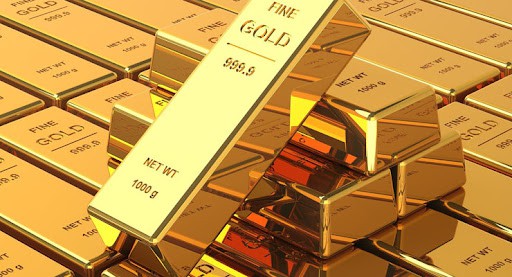
Referring to Lebanon’s financial difficulties and an increased requirement for hard cash, Yashoui said that sending money overseas at the time could be considered illegal. “Information was given to a small group of elite individuals to secure their money by shifting it to banks in Europe and America,” he added.
The Lebanese economist blames local bank owners and some people inside the BDL for the smuggled funds. “What made the banks agree to so drastically reduce their liquidity? Unless they receive a cut of the capital transfer deal as compensation,” he wondered.
The United States Department of the Treasury and the European Central Bank didn’t respond to the TRENDS queries.
After a two-year decline, the foreign assets of the Banque du Liban increased by approximately US$ 863 million in the second half of September 2021, as a result of replacing the Special Drawing Rights by about US$ 1.14 billion. According to its disclosures, the central bank holds around 286.8 tons of gold reserves, which is second only to Saudi Arabia’s gold reserves in the Arab world. However, the Parliament must pass a law approving the sale of gold. This hasn’t happened yet.
Additional Accusations
In early July, the French Judiciary assigned investigative judges of the Anti-Corruption Prosecution court in Paris to follow up on the investigations opened in France into the massive wealth owned by the Governor of the Lebanese Central Bank, Riad Salameh, in Europe.
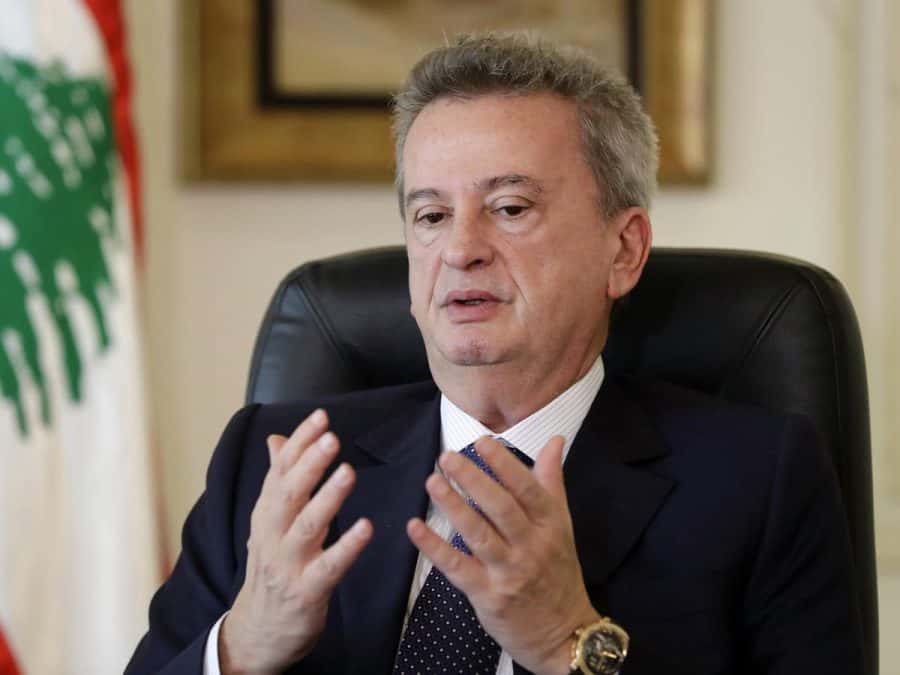
The French Judiciary took this decision based on the preliminary investigation conducted since the end of May 2021, following two complaints submitted by organizations against Salameh.
The plaintiffs are the “Sherpa” organization, which fights major financial crimes, and the “Association of Victims of Fraud and Criminal Practices in Lebanon,” founded by depositors who lost money in the country’s crisis in 2019. The two complaining organizations will also have access to investigations and will be able to ask judges for investigation procedures.
The investigative judges in the Paris Court’s financial department, who are handling this case, have broader investigative powers, particularly in the field of international cooperation. This may help them in following up and searching into the Governor’s properties as well, paving the way for an open investigation that may lead to the seizure of looted funds. While, Salameh’s lawyer denied the allegations, calling them politically motivated.
It is expected that these French investigations – which are being carried out in parallel with other investigations in Switzerland and a complaint against Salameh in the UK and Luxembourg – will shed light on the source of the enormous real estate wealth owned by Salameh, knowing that the accusations against Salameh are not only during his work as governor of the Central Bank but even before that, during his tenure at JPMorgan, when he was accused of amassing too much money.
For this matter, TRENDS tried to contact the communication department in Banque Du Liban, but there was no response about the missing money. One official showed interest in commenting on this story but backed out after making our reporters wait for more than a week saying he doesn’t have necessary approvals to speak to the media.
Banks are key partners
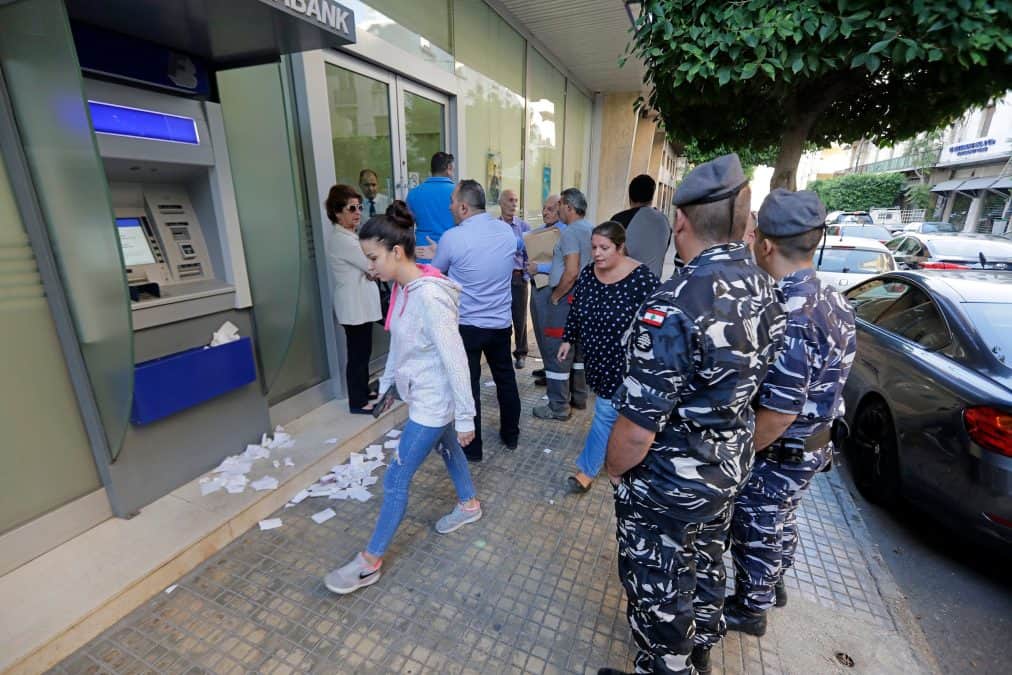
Lebanese banks were, from the beginning, the leading partner with the Central Bank, supporting its financial policies and pledged to maintain the official dollar exchange rate at 1,507.5 LBP.
At a later stage, when it appeared that the Central Bank’s plan to attract deposits had become a threat to the financial situation, the banks worked to protect their shareholders’ funds by imposing complex restrictions on withdrawing deposits, whether in Lebanese pounds or any other currency.
With the start of the economic crisis in Lebanon, banks-imposed restrictions on withdrawals and prevented depositors from getting their money. Likewise, with the beginning of the decline in the exchange rate of the Lebanese pound against the dollar at the end of 2019, banks-controlled deposits in foreign currencies while imposing a financial ceiling on withdrawals in Lebanese pounds.
Months later, and with consultations with the Banque du Liban and the concerned authorities, the banks allowed depositors to withdraw their deposits (deposited in hard currency) in Lebanese pounds at the exchange rate of 3,900 Lebanese pounds, while the exchange rate in the local market far exceeded this figure.
In contrast, the Central Bank continued to print additional money in Lebanese pounds, posing a threat to Lebanon’s economic status and aggravating the crisis.
When the risk was growing higher, banks wanted to stop the game but were forced to support the BDL’s plan when their employees were physically threatened, which accelerated the fall instead of resolving it.
According to the sources, Lebanon’s economic collapse was expected after 2012 when the country’s financial numbers were still acceptable, but not good enough compared to 2010, and began to accelerate again in 2016 following the start of the Central Bank’s financial engineering that cost the country not less than $25-30 billion. As a result, billions of dollars of people close to the political class in Lebanon and the Central Bank were withdrawn outside the country.
As for what resulted from this economic crisis, it was a political loss since the country lived for almost a year without a government and low living standards, as the United Nations estimated that more than 70% of the Lebanese people now live below the poverty line. When the political authority couldn’t find the appropriate solutions that contributed to the country’s revival, it entered a cycle of conflict. As a result, Lebanon lived for about a year without a government.
According to the sources, Lebanon’s economic collapse was expected after 2012 when the country’s financial numbers were still acceptable, but not good enough compared to 2010, and began to accelerate again in 2016 following the start of the Central Bank’s financial engineering that cost the country not less than $25-30 billion. As a result, billions of dollars of people close to the political class in Lebanon and the Central Bank were withdrawn outside the country.
Dollar vs LBP
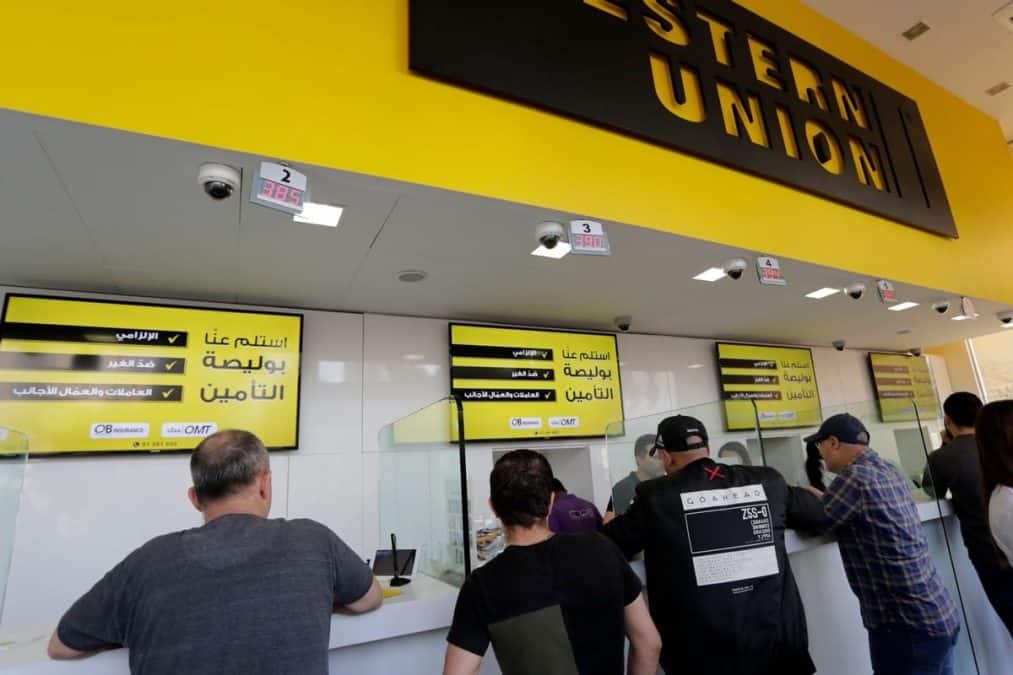
Even though the dollar was around 15,000 LBP in September, the sources told TRENDS that its actual value was less than 10,000 LBP when the Lebanese State’s dollar exchange rate remained at 1,500 LBP, and the banks were exchanging at 3,900 LBP.
The exchange rate had exceeded to 20,000 LBP at the beginning of September. It decreased after Najib Mikati’s government (September 10, 2021) took over to less than 15,000 LBP in mid-September. But it rose again in the last days above 20,000 LBP due to Lebanon’s ongoing political and security struggles.
Lebanon had a challenging year without a government after the resignation of Saad Hariri in October 2019 due to the demonstrations, and then the resignation of Hassan Diab in August 2020 after the tragic Beirut Explosion that not only resulted in the deaths of more than 200 people and injuries to thousands but also affected the infrastructure significantly.
Months ago, the Lebanese central bank launched an electronic platform called “Sayrafa” to determine the dollar’s exchange rates, which, according to the sources, are considered “illogical.” An economic analyst said that it was better to stop illegal exchangers.
How did the economic crisis start?
Signs of the economic crisis in Lebanon began to appear in the mid of 2019 with the rising of the dollar exchange rate on the black market. However, its financial indicators have been evident to specialists and economists for years.
The Lebanese pound has fallen more than 90 percent against the dollar since the beginning of the economic crisis until today, as the dollar exchange rate exceeded 20,000 LBP, from about 1,507.50 LBP in 2019. As a result, banks imposed significant restrictions on depositors and prevented them from withdrawing their money, and adopted 3,900 LBP as an exchange rate for limited amounts and transactions. At the same time, politicians and many businessmen in Lebanon who are accused of corruption managed to transfer their money (around US$ 7 billion) from Lebanese banks to international banks before the restrictions were imposed, while another $US 7 billion were transferred during the crisis in 2020 These developments suggest that most of the elites knew about the crisis before it actually happened.
The Lebanese pound has fallen more than 90 percent against the dollar since the beginning of the economic crisis until today, as the dollar exchange rate exceeded 20,000 LBP, from about 1,507.50 LBP in 2019.
Most private companies struggled to overcome this crisis while the public sector’s salaries did not exceed USD$ 200 per month. Products and commodity prices increased more than 300 percent since the country is highly dependent on imports. The Lebanese population faces shortage of basic supplies such as medicine and fuel. The poverty is increasing.
Several countries like France and Saudi Arabia have offered to help Lebanon. However, local political conflicts make it hard to find a solution, especially after living for almost a year without a government.
In September, Najib Mikati’s government was formed and is continuing its negotiations with IMF to get loans and donations to overcome the economic crisis. A senior official at the IMF said (October 19, 2021) that the Fund and the Lebanese authorities have started technical discussions to get the country out of its crisis, stressing the need to deal with the financial sector’s losses. The IMF program is primarily seen as the only way Lebanon can obtain much-needed foreign financial assistance.
Ongoing Crisis
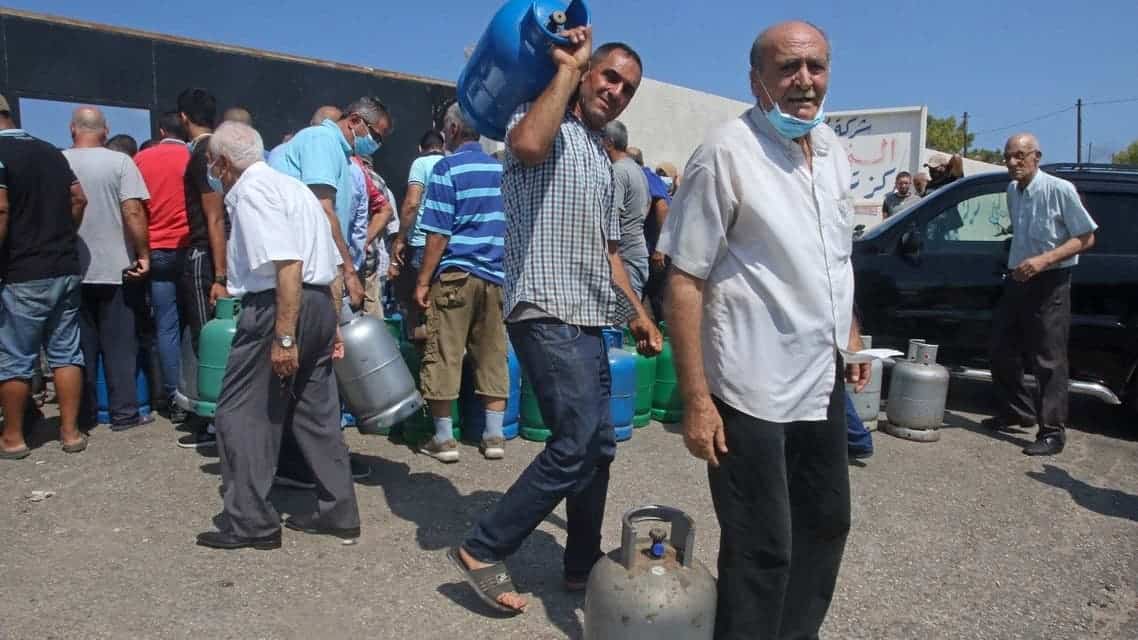
The economic collapse in Lebanon was accompanied by a decline in living standards for citizens, as the streets were witnessing queues at gas stations amid a shortage of fuel required for electricity and transportation in August and September 2021. Twenty liters (4.4 gallons) of fuel are now worth more than 300,000 LBP, around half of the minimum wage, while nearly 70 percent of the population lives below the poverty line.
Several hospitals have reduced their working days in some departments. All commercial and industrial sectors have been affected. At the same time, the prices of many products have increased by more than 500 percent due to the rise of the dollar in the black market.
The economic crisis continues in Lebanon, and the US dollar continues to rise against the Lebanese pound, at a time when the government headed by Najib Mikati is still under the weight of political confusion and interweaving relations with the Arab Gulf states and Europe.
Expectations show that the prices will rise significantly in the coming months after the cessation of “government support.” In addition, the officials have recently announced a ration card to support the poorest families, with a value of up to 125 dollars per family.
The economic crisis continues in Lebanon, and the US dollar continues to rise against the Lebanese pound, at a time when the government headed by Najib Mikati is still under the weight of political confusion and interweaving relations with the Arab Gulf states and Europe.
Moreover, expectations indicate more social crises the following year after the increase in poverty and unemployment rates after the World Bank estimated that the real GDP would shrink by 9.5 percent in 2021, despite hopes that the agreement with the IMF would be the only salvation for the country. In comparison, Banks with the support of Banque Du Liban are raising their restrictions on withdrawals when the foreign currency is scarce in the local market.

